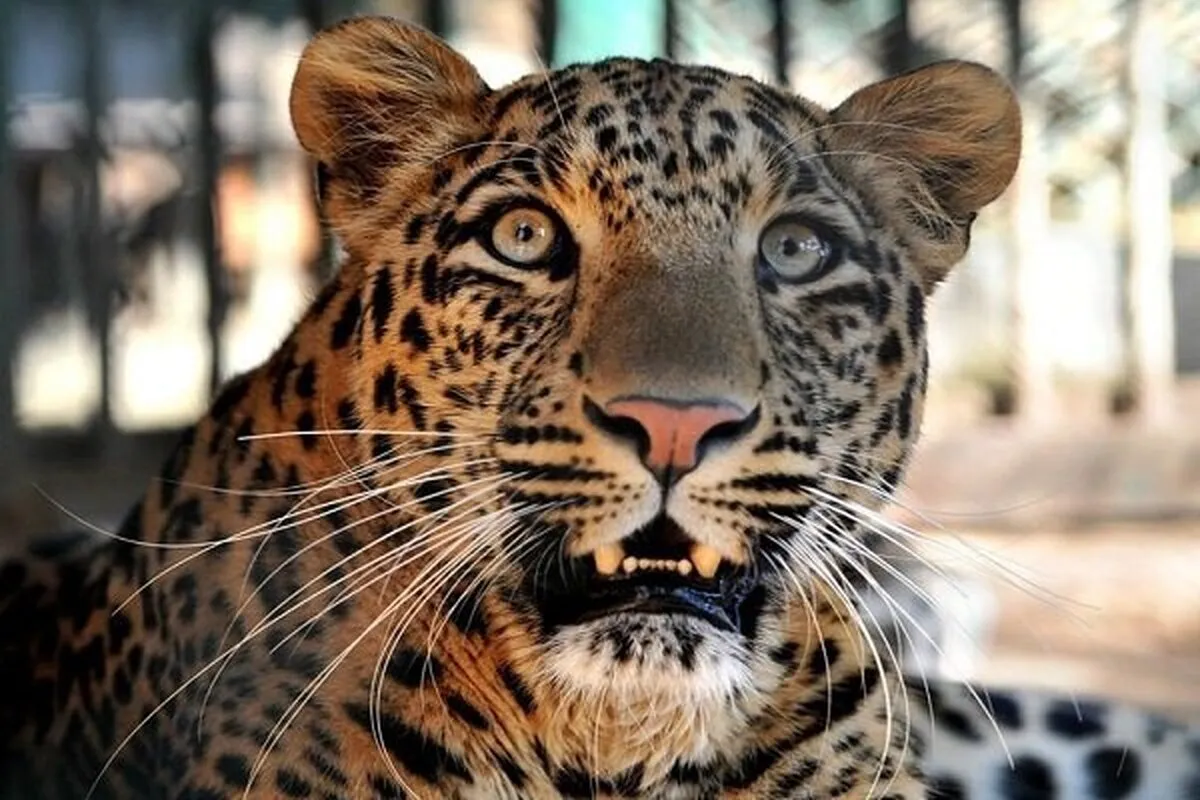Iranian Researchers Collect Cell Samples from Endangered Species of Persian Leopard

“Aras is a Persian leopard that was captured alive from illegal hunters in 2012 and is currently kept in Mashhad Zoo, but unfortunately, this valuable animal had a seizure last year and was successfully treated with the efforts of the specialist veterinary team,” said Maryam Farqdan, the head of the human and animal cell bank of the Center.
“Based on the cooperation and coordination with the General Administration of the Environmental Organization of Khorassan Razavi Province and with the efforts of the center's researchers, the cells of this Iranian leopard were cultured and propagated with the sustainable exploitation approach after tissue sampling and through standard laboratory processes, and it is successfully registered and stored in this bank,” she added.
“The Iranian leopard is now classified in the red list of the International Union for Conservation of Nature and is considered as one of the endangered species. The production of cell lines from this species increases the hope of reviving endangered wildlife species,” Farqdan said.
Persian leopard is a leopard subspecies that was first described in 1856 based on a zoological specimen found in western Anatolia. It is native to the Iranian Plateau and the surrounding region from eastern Anatolia and the Caucasus to the Hindu Kush, where it inhabits foremost subalpine meadows, temperate broadleaf and mixed forests and rugged ravines at elevations of 600 to 3,800 m (2,000 to 12,500 ft). It preys mostly on ungulates reliant on these habitats.
Today, the leopard population in this region is estimated at fewer than 1,100 adults. It is threatened by habitat fragmentation due to land use changes, poaching, loss of wild prey species and killing in retaliation for preying on livestock. It is internationally protected under CITES Appendix I and in Appendix II of the Berne Convention on the Conservation of European Wildlife and Natural Habitats.
4155/v





















